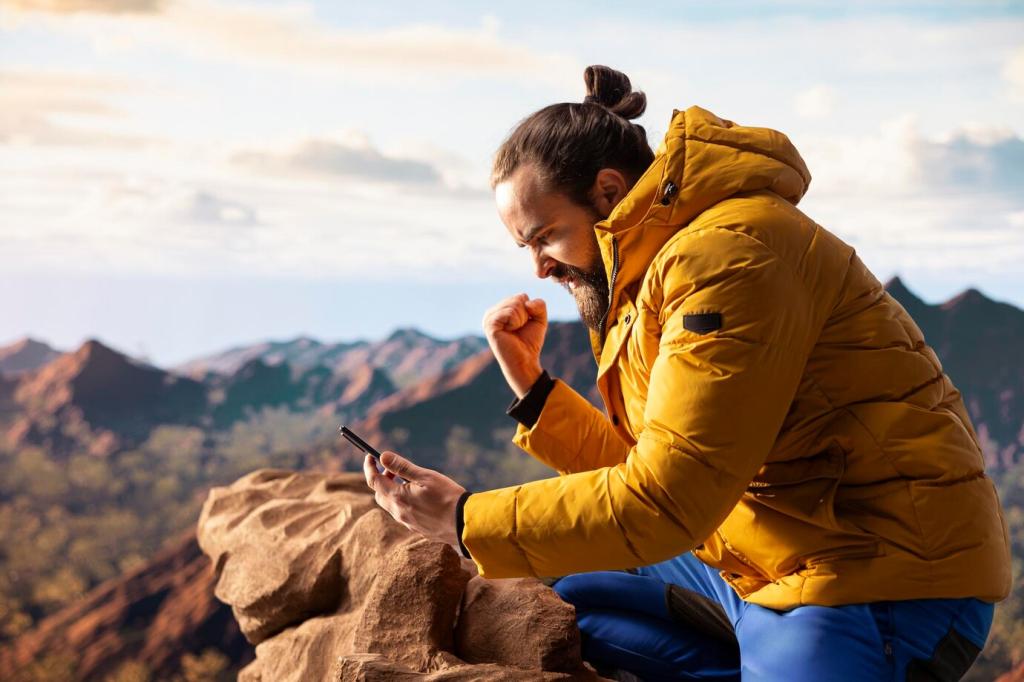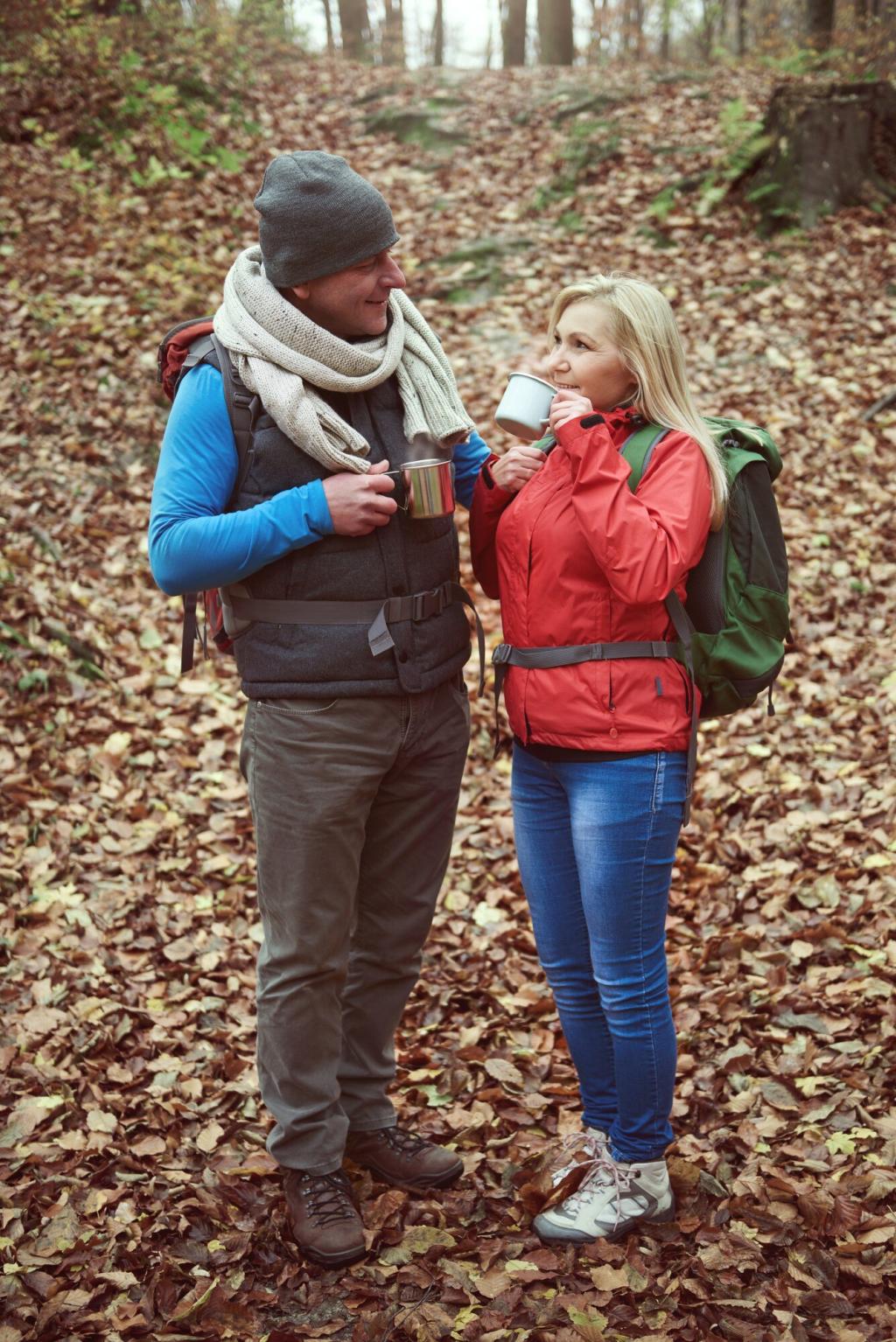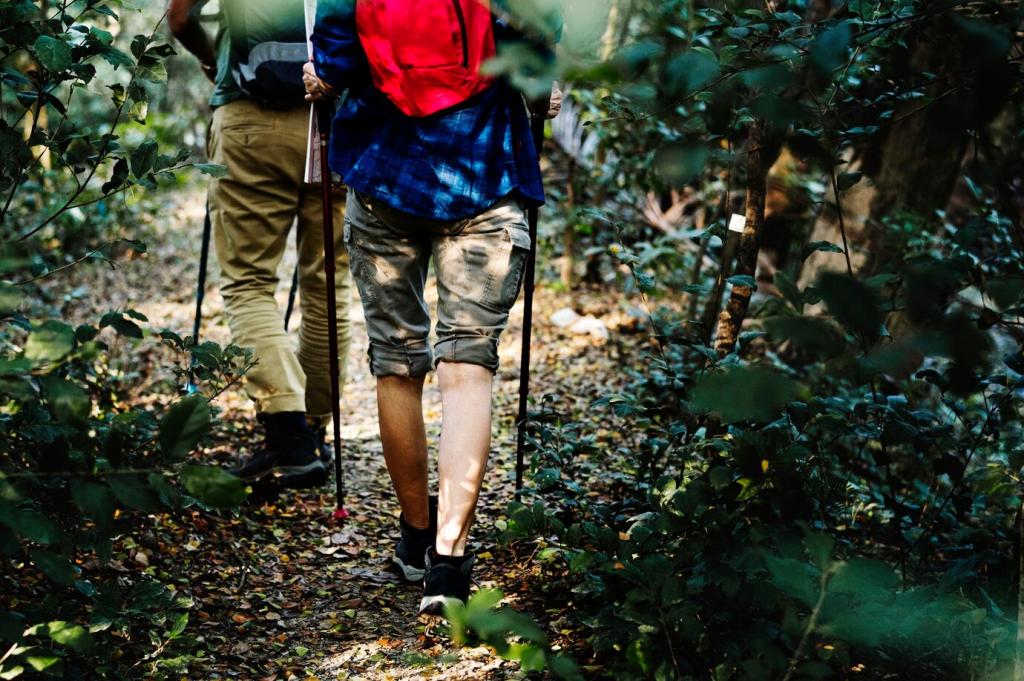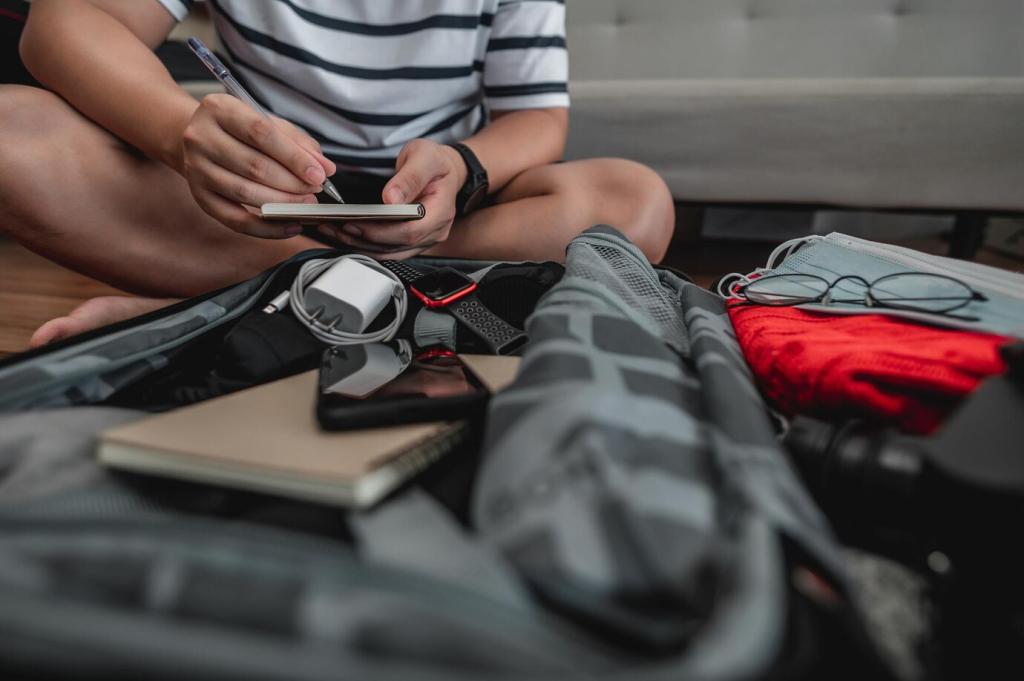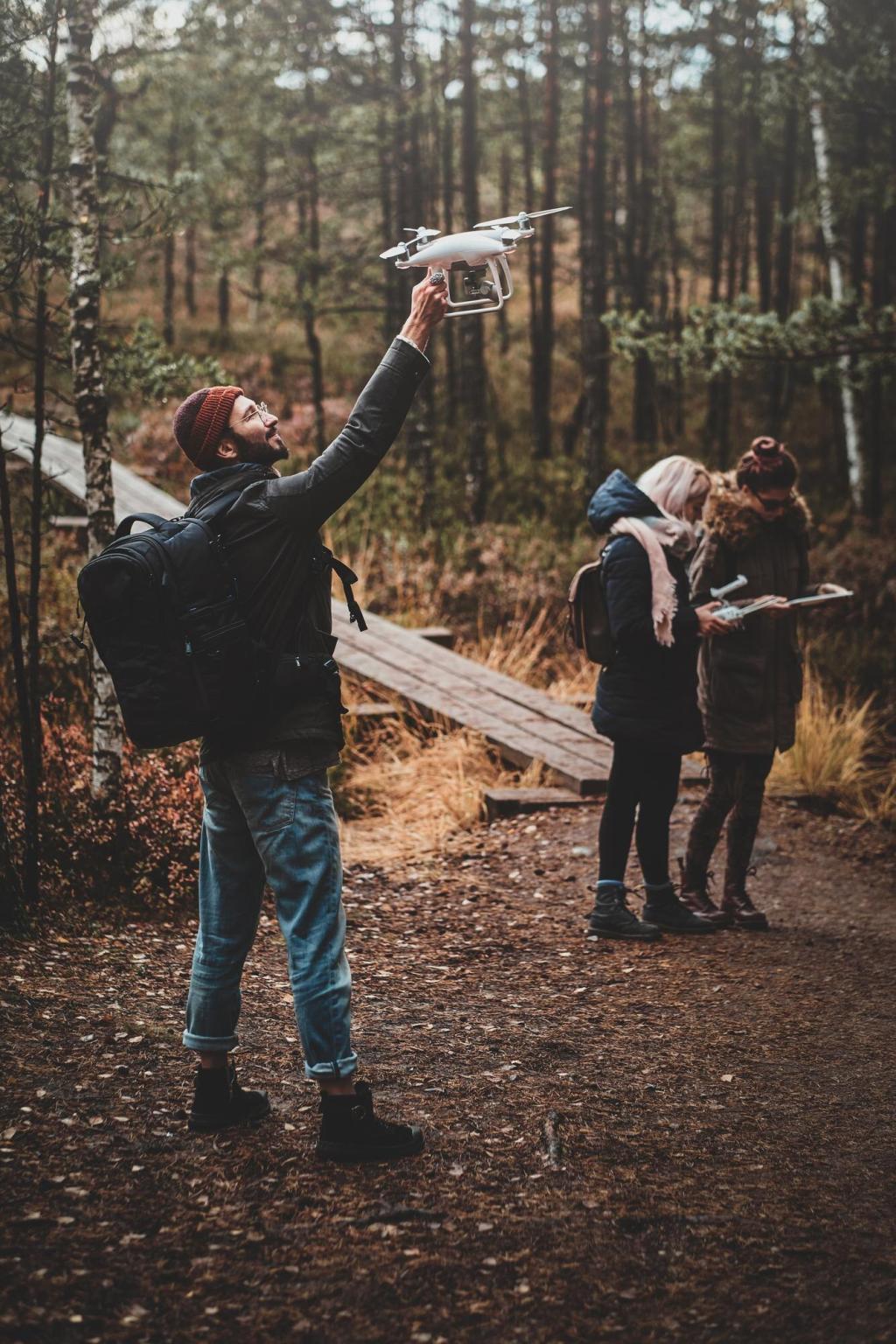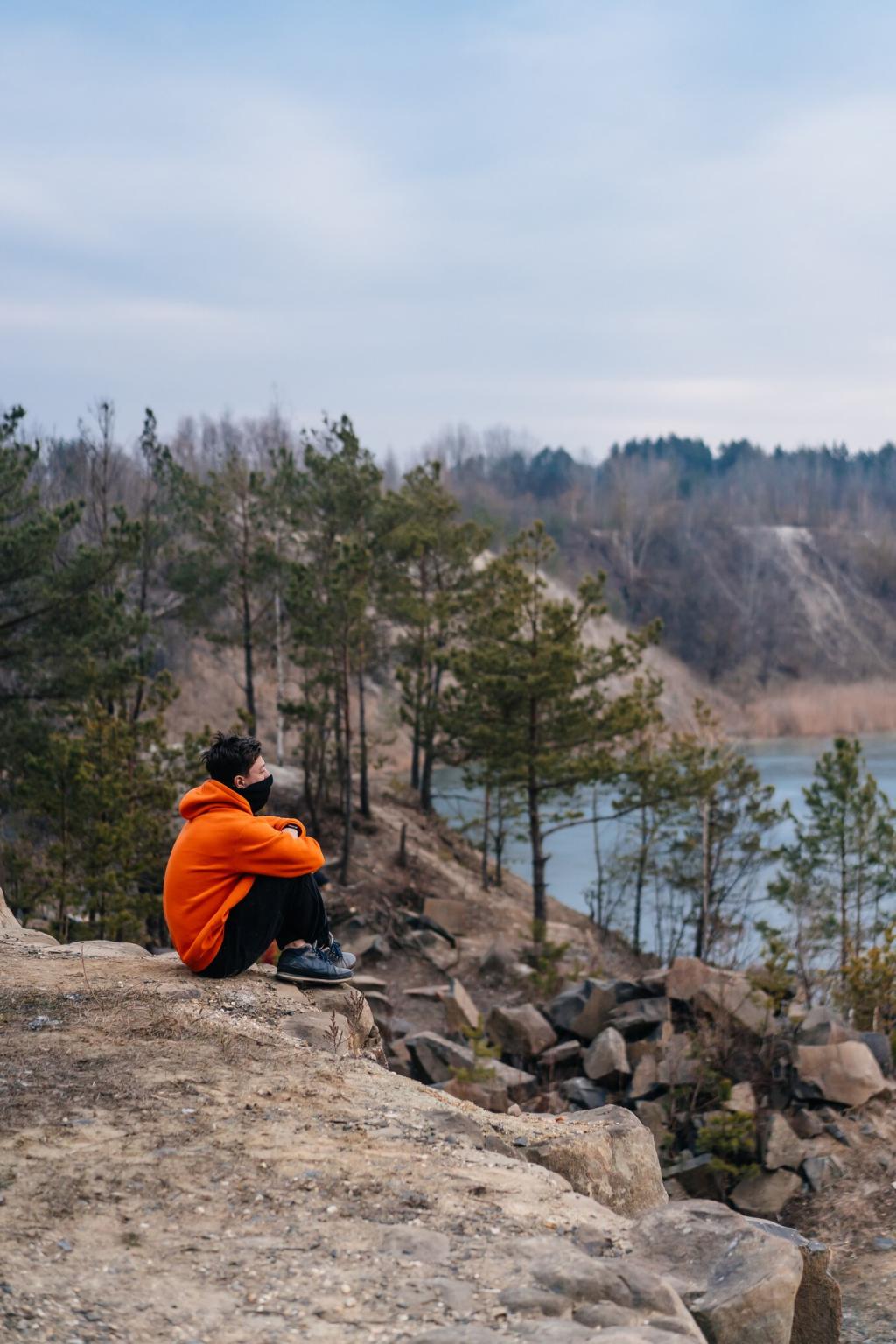Avalanche Awareness: Tools and Decisions
Carry a modern transceiver, metal shovel, and sturdy probe—and drill until your hands move automatically. Seconds count in a burial. How often do you run beacon drills, and what scenarios do you simulate with partners?
Avalanche Awareness: Tools and Decisions
Study hazard ratings, problem types, aspects, and elevations. Wind slabs and persistent weak layers behave differently and last longer than we wish. Which forecast cues most influence your go/no-go calls on marginal days?
Avalanche Awareness: Tools and Decisions
Spread out, regroup in islands of safety, and communicate before every slope. One at a time across suspect terrain—no exceptions. Tell us the verbal checklists your group uses to keep everyone honest and alert.

